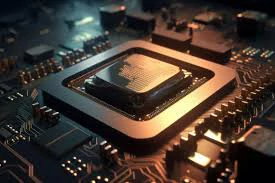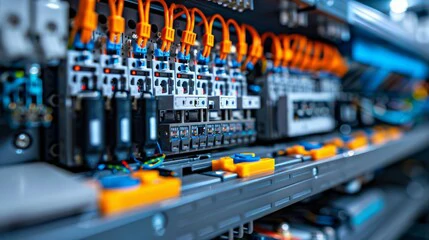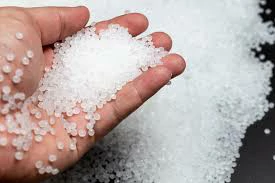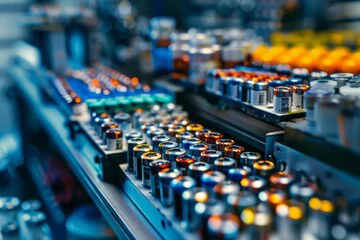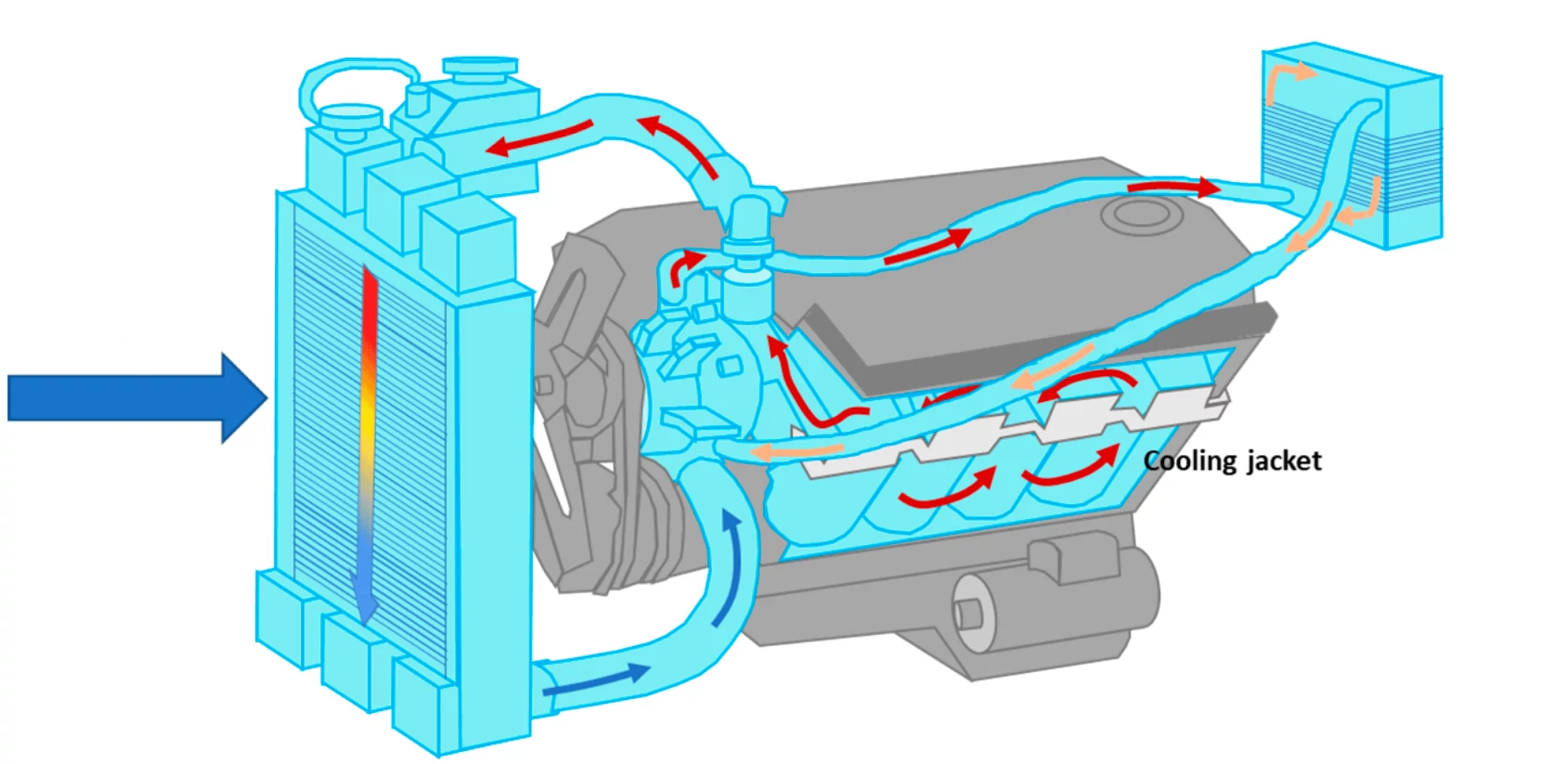Control system analysis of EPS inverters – Microcontroller (MCU) or...
electrolytes of EPS battery cells
In the EPS cell, the electrolyte is a crucial component, responsible for the conduction of lithium ions. According to its physical state, the electrolyte can be divided into liquid electrolyte, solid electrolyte and polymer electrolyte. The following is a detailed introduction to these three electrolytes:
main content
The liquid electrolyte is usually composed of lithium salts dissolved in organic solvents, common lithium salts including lithium hexafluorophosphate (LiPF6) and so on. Liquid electrolyte has high ionic conductivity, which can effectively promote the migration of lithium ions, thereby improving the performance of the battery. However, liquid electrolytes also have some disadvantages, such as volatility, flammability and potential impact on the environment. In addition, liquid electrolytes at high temperatures or overcharge may cause the battery to lose thermal control, affecting safety.
Solid electrolyte refers to the electrolyte that is solid at room temperature, mainly divided into inorganic solid electrolyte and polymer solid electrolyte. The advantage of solid electrolytes is that they are safe and can completely remove liquid components, reducing the risk of leakage and combustion. However, the ionic conductivity of solid electrolytes is generally lower than that of liquid electrolytes, which limits their application in high-performance batteries. The research of solid electrolytes is continuing to progress, and many new materials are being developed to improve their ionic conductivity and interface stability.
A polymer electrolyte is an electrolyte between a liquid and a solid, usually consisting of a polymer matrix with lithium salts and plasticizers. The polymer electrolyte has good mechanical strength and flexibility, and can absorb a certain amount of liquid, so as to improve the ionic conductivity. The conductivity of the polymer electrolyte mainly depends on the liquid phase composition, which can inhibit the growth of lithium dendrites to a certain extent and improve the safety of the battery. In addition, the polymer electrolyte has high thermal stability and can maintain good performance at high temperatures.
CONCLUSION
The electrolyte types in EPS cell have advantages and disadvantages. The liquid electrolyte provides high conductivity, but the safety is low. Solid electrolyte has high safety, but low conductivity. Polymer electrolytes seek a balance between the two. As battery technology continues to advance, researchers are exploring new electrolyte materials to meet higher performance and safety requirements.
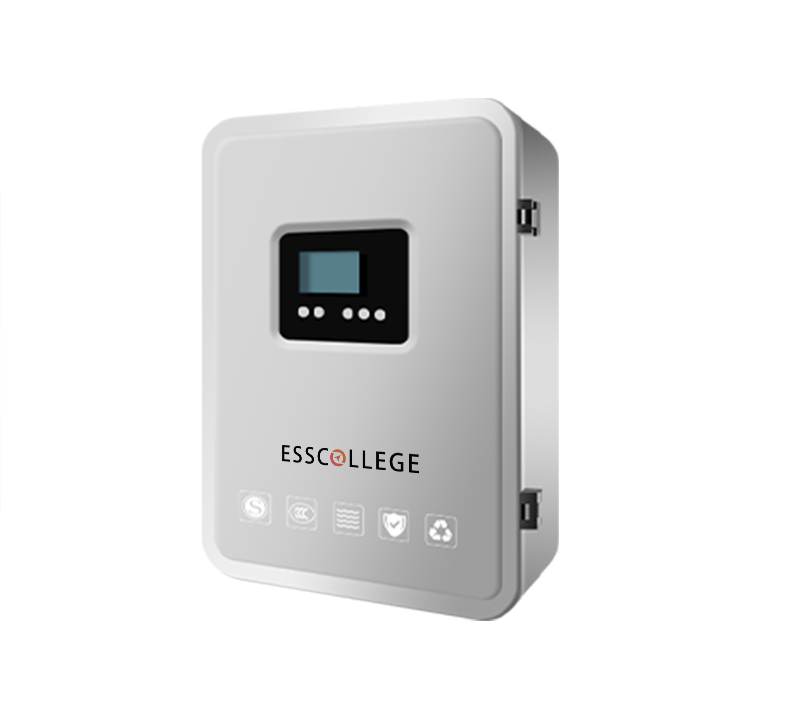
EPS BATTERY SERIES
The centralized power supply for fire emergency lighting is a kind of backup power supply equipment, which provides power guarantee for emergency lighting equipment to ensure that the on-site lighting equipment can operate normally in emergency situations such as fire. Provide a long-term backup power supply to meet the needs of the emergency lighting system.
Extended reading
EPS inverter inverter circuit details – switching components
EPS inverter inverter circuit details – switching components Fire Emergency...
Introduction to electrolytes of EPS battery cells
electrolytes of EPS battery cells In the EPS cell, the...
This section describes the wireless interface of the EPS
This section describes the wireless interface of the EPS In...
Introduction of cooling pump in EPS cooling system 2
Introduction of cooling pump in EPS cooling system 2 In...
THE ESSC Brand promise
Global supply
Our products sell well all over the world, covering many countries and regions, through the global logistics network, to provide customers with convenient purchasing experience.
Rigorous quality
We adhere to the highest quality control standards to ensure every product meets industry regulations and customer expectations, earning trust through consistent excellence.
Excellent service
With a customer-centric approach, we provide prompt responses, professional support, and personalized services, aiming to deliver the best user experience and long-term value.
